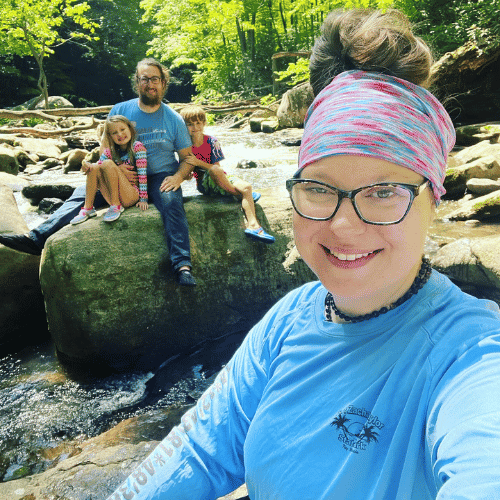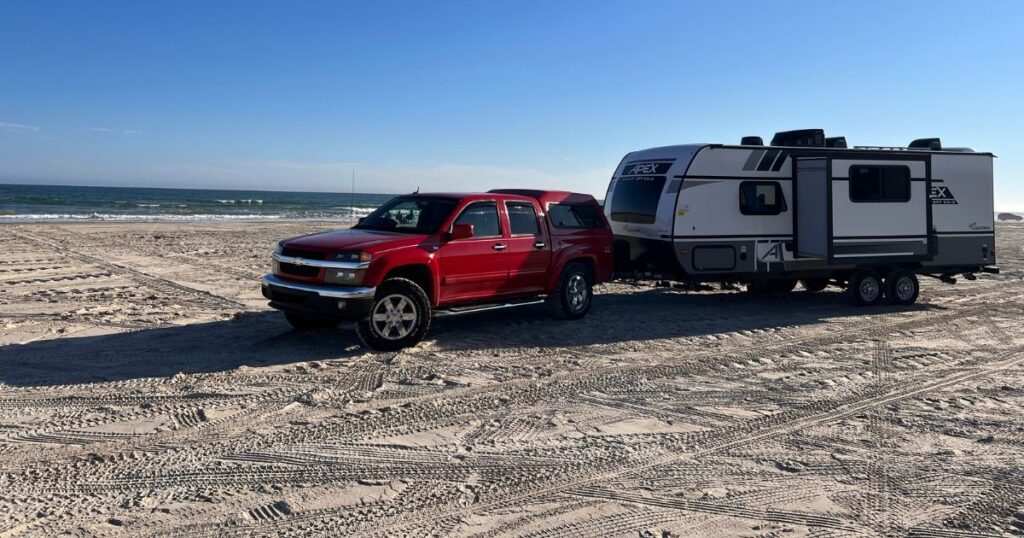
My family and I have been living in an RV full time since November 2021. We’ve gone RV boondocking a few times: at a Gulf Coast beach, on a farm in Oklahoma, and even in a Cracker Barrel parking lot (yes, really!). But it’s not until now, 9 months into our trip, that we’re truly jumping into off grid RV living. So we’ve been learning all we can to prepare.
When we started researching how to boondock in an RV, we realized there’s a lot of you out there asking the same questions we had just a few months ago. You want to know: is RV boondocking really possible? And the answer is absolutely yes.
But getting started can feel pretty overwhelming. RV boondocking is a completely different way of living, especially if you’re not already traveling full time. There’s a lot of moving parts and pieces to juggle. But here’s the good news: with some basic knowledge and a willingness to go with the flow, going off the grid in an RV isn’t quite as hard as you might think.
Let’s take a closer look at what you need to know about RV boondocking.
What’s RV Boondocking?
To be considered boondocking, these 2 things must be true about your RV campsite:
- It’s off the grid
- It’s outside of a developed campground
Camping off the grid simply means that you don’t have access to utilities. At many developed campgrounds, you’ll be able to plug in to electricity and fresh water directly at your campsite. Some places even offer sewer hookups so you can get rid of your waste without having to visit an RV dump station. When you’re boondocking, you’re on your own. There’s no access to those utilities.
A developed campground is any area that is specifically designed for camping. For example, a huge RV resort on private land with gated access, full-service amenities, and electric hookups is a developed campground. And a simple spot with little more than a self-service pay station, first-come, first-served campsites, and pit toilets is a developed campground too. RV boondocking happens outside of these developed campground locations.
There are many ways to boondock in an RV.
Dispersed camping in national forests is what most people mean when they talk about boondocking. Dispersed camping is a term the Bureau of Land Management (BLM) and US Forest Service use to describe camping on public lands outside of developed campgrounds.
But national forests and BLM lands aren’t the only places to boondock. Many states and even some cities (especially west of the Mississippi River) offer boondocking opportunities on publicly-owned lands. And, even some retail stores (like Cracker Barrel or Cabela’s, just to name a couple) allow boondocking in their parking lots with store manager approval.
So even though you’re most likely imagining a remote national forest with a gorgeous backdrop when you think of boondocking, remember that there are many ways to boondock in an RV.
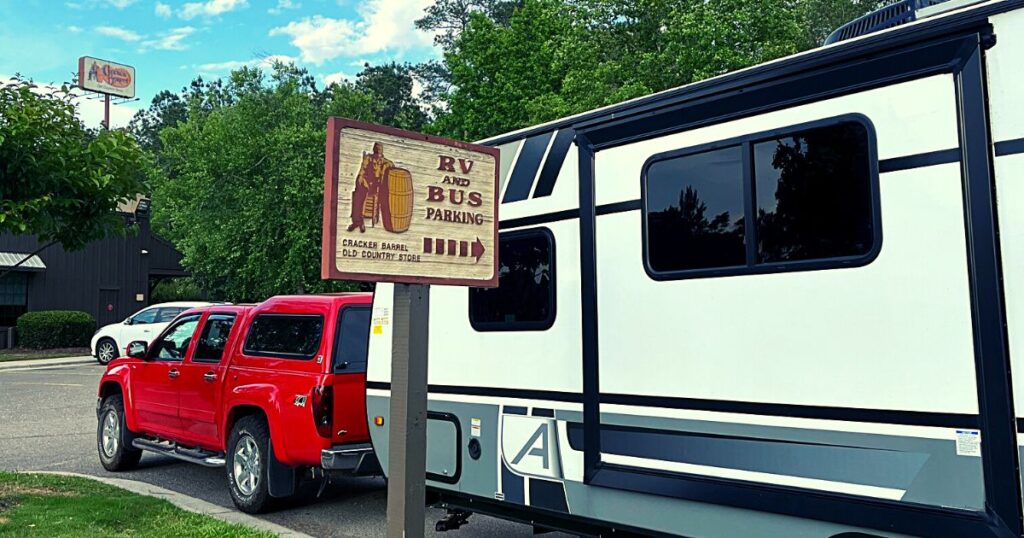
And yes, RV boondocking is totally legal.
If the idea of camping for free in some of our country’s most beautiful, wild places sounds too good to be true, you may be wondering: is RV boondocking really legal or are those #vanlife people up to no good?
Dispersed camping on many of the public lands managed by national agencies (and some state and local agencies) is totally legal. And it’s not just allowed; it’s encouraged! Of course, you have to follow local laws and restrictions. But these regulations are easily found online or by calling the office that manages the public land you’re interested in camping on.
And while you can legally boondock for a night at rest areas and certain retail stores, you can’t just park your RV anywhere. Many cities and towns have bans on camping inside city limits. Store managers are well within their rights to prohibit overnight parking if they see fit. And even if your friend says you can boondock on their property, zoning laws and homeowners associations have the final say.
There are so many beautiful places to legally camp off the grid in an RV as long as you do your homework. Set yourself up for a successful trip by researching the RV boondocking rules and regulations that apply to the places you’re planning to visit. You’ll save yourself (and the people working to preserve our public lands) a lot of trouble, and help keep this opportunity available to future generations of travelers.
Get the monthly newsletter.
Spam sucks. So don’t expect any from us! Once a month, we’ll send you personal stories and photos from our travels to inspire you to get wild.
Glossary: Other Boondocking Terms to Know
There’s a few more terms you’re likely to encounter as you continue doing your RV boondocking research. Let’s define them:
Moochdocking
Moochdocking is similar to RV boondocking (hence the name). But instead of camping on public lands, moochdocking is when you set up camp in a friend’s backyard and do things like take several hot showers inside their home and flush your waste down a regular toilet instead of into a black tank.
Primitive Camping / Dry Camping
Primitive camping, also known as dry camping, describes any camping that’s done without access to utilities like water, electricity, and sewer. While RV boondocking is a form of primitive camping, not all primitive camping is boondocking. For example, as I write this, I’m parked at a campground that doesn’t offer any utilities. I’m dry camping, but I’m in a developed campground, so I’m not actually boondocking.
Full Time RVers
You don’t have to travel full time to enjoy RV boondocking. But, many of the people who boondock regularly also happen to be full time travelers. A full time RVer is someone who lives and travels permanently in some type of recreational vehicle, whether it be a van, a travel trailer (like ours!), a fifth wheel, or a motorhome (just to name a few!).
Rig
When you hear a full time traveler refer to their rig, they’re talking about their RV and any tow vehicle they use to get it from place to place. A rig is one term that applies to any RV setup. Our travel trailer and Chevy Colorado tow vehicle combination is a rig. And my sister’s converted school bus is a different type of rig.

Sticks and Bricks
“Sticks and bricks” is how many full time travelers refer to a traditional home that rests permanently on a foundation. If you aren’t a full time RVer, you’re probably reading this article from the comfort of your sticks and bricks.
Full Hookups
When someone says they have a campsite with full hookups, it means they have access to plug their rig into the campground’s electric, water and sewer utilities directly at their campsite.
Black Water
In an RV, black water refers to the sewage that ends up in a holding tank (called a black tank) in the underbelly of an RV. When a black tank reaches its capacity of black water, the RVer has to visit a dump station to empty it. The topic stinks (get it?), but if you’re brave, we published an entire article about the process of dumping your black tank.
Gray Water
Gray water is everything but sewage. While you’re boondocking, your gray tank will fill up with water from things like washing your hands, doing the dishes, or taking a shower. Just like the black tank, when your gray tank reaches capacity, it needs to be emptied at a dump station.
Pros and Cons of RV Boondocking
Here’s the truth: traveling full time in an RV can be challenging. And boondocking makes it harder. It’s easy to get paralyzed by perceived roadblocks, especially when you’re considering a big life change.
That’s why we love pros and cons lists as a decision-making tool. With a pros and cons list, you can visualize the benefits of the lifestyle instead of becoming overwhelmed by its drawbacks. If the benefits of the lifestyle outweigh the drawbacks in your situation, then you’re more likely to see the cons as obstacles that you can work through instead of dealbreakers.
So before we deep dive into the how-to of RV boondocking, let’s take a look at a few of the most common pros and cons we hear from experienced RV boondockers:
| Pros | Cons |
|---|---|
| More remote campsites / closer to wildlife | No access to utilities (electric, water, etc.) |
| More privacy / fewer neighbors | No reservations allowed - first come, first served |
| Free campsites reduce the cost of RV travel | No campground amenities (pools, activities, etc.) |
| Unobstructed views and scenery | Many campsites are hard to access |
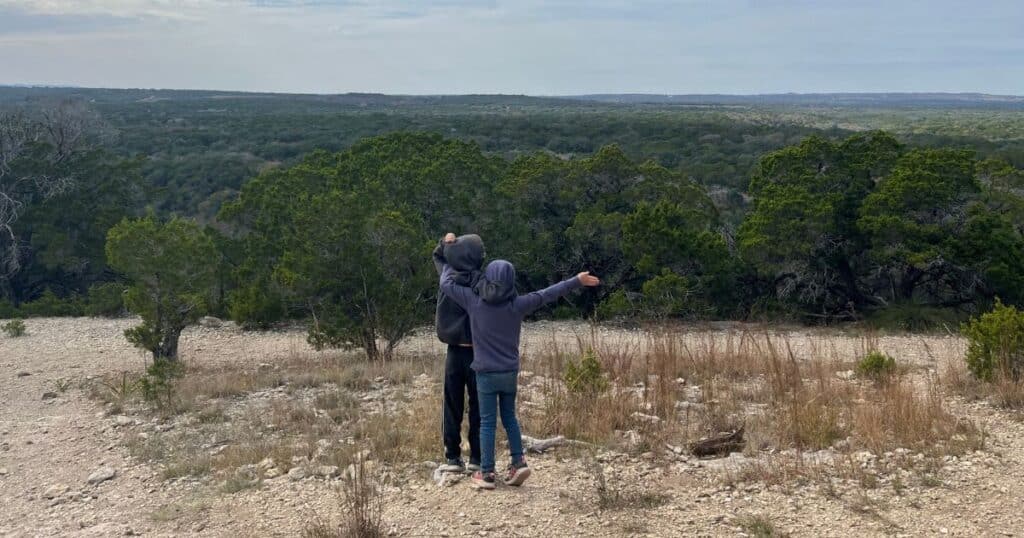
How to Decide if Off Grid RV Living is Right for You
Pros and cons lists are incredibly personal. Something I consider a benefit of RV living may be a huge drawback from your point of view. So even though we captured some of the common RV boondocking pros and cons, don’t stop with our list. Spend some time making a list of your own.
How to Go RV Boondocking Responsibly
Now that we’ve defined the basics, you’re probably like: Kaitlan, can you just teach me how to boondock?
Remember: there’s so many different ways to take your RV off grid. There is no one-size-fits-all RV boondocking instruction manual that’s going to work for everyone’s unique scenario. But I’ve laid out the framework below to guide you through the process of getting started with your own RV boondocking adventure.
Get clear on your goals for off grid RV living.
Whenever I’m getting ready to make a big lifestyle change, I always start by defining my goals. Setting goals for RV boondocking will help you stay focused on the things you actually need to care about.
For example, if your goal is to go RV boondocking for a couple weeks on your upcoming family vacation before returning to your sticks and bricks, you don’t need to spend too much time researching a robust DIY solar power setup or shopping for expensive gear you’ll only use a couple times. But, you will want to focus on researching sites that your RV can access and planning efficient routes.
On the other hand, if your goal is to go off grid in your RV for an entire year, you’ll want to spend more time making sure your rig is up for the job, exploring ways to power your RV while you’re off the grid, and comparing mobile internet solutions.
Choose the right RV for the job.
When it comes to RV boondocking, all rigs are definitely not created equal. The best RVs for boondocking have features like:
- Smaller footprint (the larger your rig, the fewer boondocking spots you’ll be able to fit into)
- More water capacity (so you don’t fill up your tanks before you’re ready to relocate)
- Higher ground clearance (boondocking typically involves off-roading over some pretty rough terrain)
- Energy-efficient appliances (it’ll be harder to power your RV with a residential fridge, for example)
- Space for the essentials (you’re going to need some gear; make sure you have space for it)
There’s a lot of factors that go into choosing the right RV. Whether or not an RV would be good for boondocking is just one of them. So keep your goals in mind as you evaluate rigs.
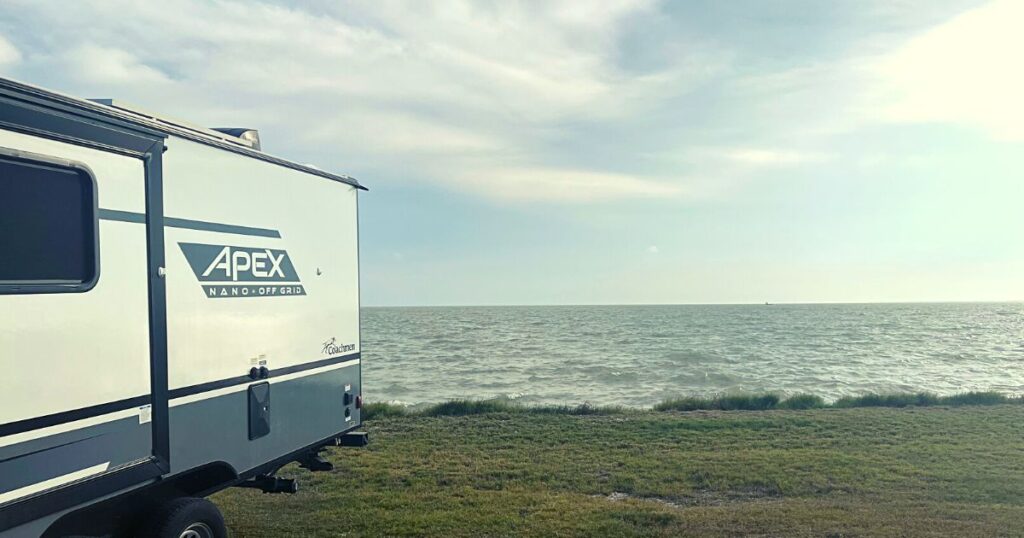
Do your research and plan your routes in advance.
There are RV boondockers out there who are super spontaneous and go wherever the wind takes them. These people are our heroes. But if you’re just getting started, we think it’s super important to do your research and plan your routes in advance. That’s because finding RV boondocking sites that work for you and your rig can be a real challenge.
There’s a lot of awesome tools out there to help you find dispersed campsites and free places to take your RV off the grid. And don’t forget about finding places to dump your waste water and sewage! We use these tools to find RV boondocking sites (sorted by how frequently we use them):
- Campedium (mobile app) – free
- US Forest Service (website) – free
- Avenza Maps (mobile app) – free
- iOverlander (mobile app) – free
- Harvest Hosts (membership program) – starting at $99/year
- Boondockers Welcome (membership program) – starting at $79/year
| Tool | Type | Cost |
|---|---|---|
| Campendium | Mobile App (available on the App Store or Google Play) | Free |
| US Forest Service | Website | Free |
| Avenza Maps | Mobile App (available on the App Store or Google Play) | Free |
| iOverlander | Mobile App (available on the App Store and Google Play) | Free |
| FreeCampsites.net | Website | Free |
| Harvest Hosts | Membership Program | $99/year (starting) |
| Boondockers Welcome | Membership Program | $79/year (starting) |
If you want to learn more about how we use these tools, we did a deep dive into how we use RV boondocking websites and apps to research campsites and plan our routes.
Have a backup plan (or two) ready.
When we were hopping from state park to state park with campsite reservations, we didn’t have a whole lot of backup plans outlined. We knew where we were headed from one week to the next. That kind of security just doesn’t exist when you’re RV boondocking.
Sometimes, a dispersed camping site you found on Campendium is going to be occupied by some other savvy traveler. Or, maybe you’ll drive out to scout forests roads marked for dispersed camping on the Avenza Maps app only to find that the road is so rocky, there’s no way your RV will make it in there. It could even be as simple as inclement weather forcing you to relocate.
We always have at least one backup plan ready for these unexpected events. Typically, that means we’ve located a retail store or rest area that’s close to our first choice camping spot. With these options in our back pocket, there’s a little less pressure to find a longer-term campsite on travel day.
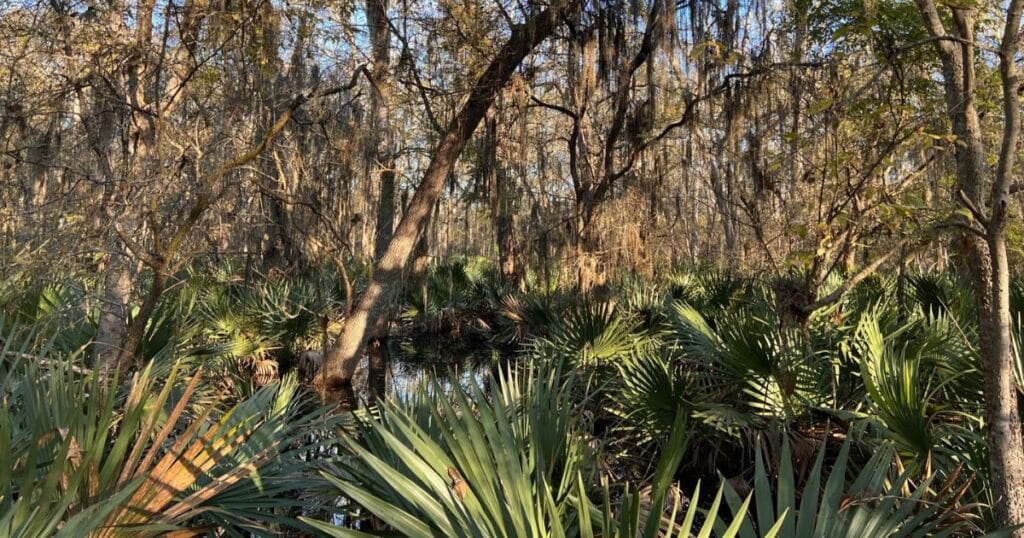
Come prepared with the supplies you’ll need.
In addition to equipment for the essentials like electricity and water (which we’ll get into in the next section), you also need to come prepared with the basic supplies you’ll need for your RV boondocking trip.
Being off the grid means that you need to think differently about things like meal prep, safety, and comfort. And since you’re likely going to be camped in some remote places, you’ll want to “pack in” everything you need. Here’s some of the basic essentials you’ll want on board your RV while boondocking:
- Ingredients for simple off grid camping meals and snacks
- Fresh water and water purifying tablets
- A weather radio
- Map of the area
- Compass
- Flashlight
- Blankets and warm layers
- First aid kit (include bug spray, sunscreen, and a snake bite kit)
- Fire starter (lighter, matches, etc.)
- Leveling blocks
- Spare tire
- Collapsable shovel
- Basic mechanic’s toolset
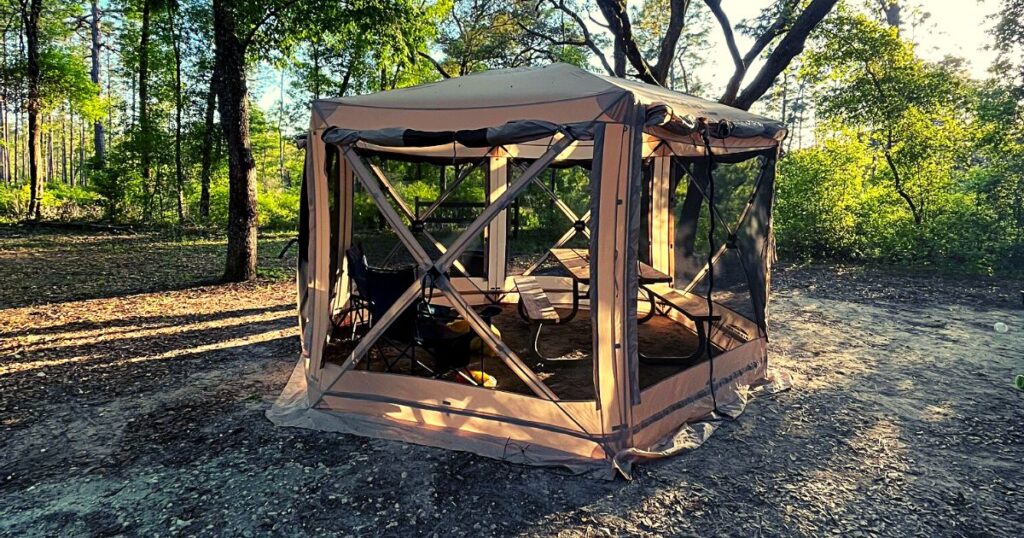
Get the Boondocking Checklist
Spam sucks. So don’t expect any from us! Filling out this form gets you access to our Boondocking Checklist PDF and signs you up for our monthly newsletter (unsubscribe at any time).
Prepare for a safe trip.
Hopefully your RV boondocking trip will be totally uneventful, but being prepared goes a long way toward ensuring you have a safe trip. Boondocking can be dangerous if you aren’t well prepared, especially if you aren’t traveling as part of a larger group.
The US Forest Service recommends learning how to perform CPR before you set out on an off grid camping trip. We think that’s great advice. Since many boondocking locations are pretty remote, you should assume you’ll have to wait a while for help to arrive in an emergency.
We also always check the weather before we head out to a boondocking location. When you travel in an RV, sometimes you’re just going to have to deal with dangerous weather. But since there’s no campsite reservations involved with boondocking, we do our best to avoid severe weather when we can.
It’s also a good idea to make sure that you let family and friends know where you’re headed and your planned arrival and departure dates. Make sure someone else knows your itinerary and keep in touch.
Be a good neighbor out there.
When we first started learning about RV boondocking, one of the first resources we listened to was an episode of The RV Atlas podcast called “How to Camp Responsibly on Public Lands with Greg M. Peters.” Peters is the former Director of Communications at the National Forest Foundation. His passion and knowledge about these wild places is infectious.
During that podcast, Peters talks about behaviors that should be really simple, but aren’t always followed by campers. We’re talking about things like keeping your campsite clean for future visitors, putting your fires out completely every single time, choosing places to camp that have already been disturbed (i.e. not parking on top of thriving wildflower meadows), etc.
Remember: many people boondock because they want more quiet, restful time in nature. If you’re blasting a generator all night long or blaring loud music from your campsite, you aren’t being a good neighbor. Check out the US Forest Service’s Responsible Recreation page for more tips.
Get ready to roll with the punches.
If you take one piece of advice with you from this RV boondocking guide, let it be this: you have to be willing to roll with the punches. You have to expect that unexpected things are going to happen.
You’re going to arrive at a boondocking site you fell in love with online, only to find other campers are already enjoying it and there’s nowhere for you to park. You’re going to get a flat tire. Traveling from point A to point B is going to take longer than you’d expected.
If you aren’t able to go with the flow, you’re going to struggle with RV boondocking. And the lifestyle is too beautiful to let problems that you can solve keep you from enjoying your experience.
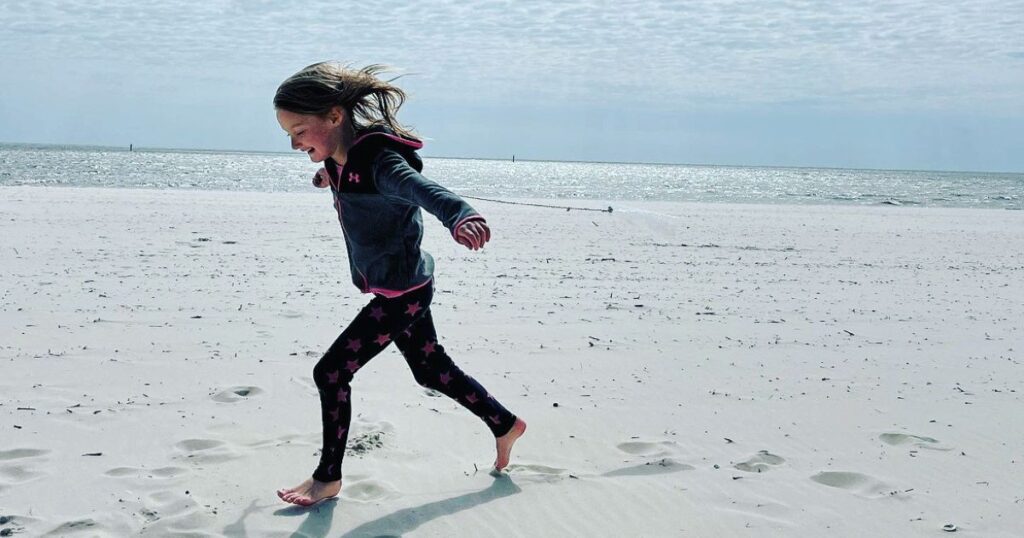
Equipment for RV Boondocking
Another question we had when we were first starting out was: how long can an RV stay off grid? As with most things, the answer is: it depends. It depends on your RV and the solutions you have on board for the important things like energy, fresh water, sewage disposal, and temperature control.
While it’s possible to rough it without these essentials for a short period of time in an ideal climate, if your RV boondocking goals include living off the grid for an extended length of time, you’re really going to need them. Our family also needs a solution for mobile internet on board since I work remotely and our kids do some of their homeschool lessons online.
Let’s dive into different equipment options for each of these RV boondocking must-haves.
Need-to-Have: Energy Solutions
If you’re boondocking for any extended length of time, you’re going to need a solution for electricity.
Most RVs come with an on-board battery that can power things like your refrigerator, internal lights, and water pump for a short period of time. This battery gets charged while you drive using a connector that comes standard with most tow packages. But it’s not meant for powering your RV while boondocking in the long term. It’s basically there to enable you to drive safely: it powers your RV’s brakes and exterior lights.
But you’ll need electricity for more than just these towing basics. While certain things in your camper will run off of propane (like your stove, your refrigerator (depending on the model), and your water heater), many things in your camper require 120-volt alternating current (AC) or 12-volt direct current (DC) to run. That little on board battery won’t cut it for AC and DC power.
So how do you generate this AC and DC power? There’s really 2 options: a generator or a solar system. Here’s our advice for choosing between solar and a generator for boondocking.
Many people start with generators for a couple reasons:
- The upfront setup is a lot easier
- The initial investment is lower
- Generators don’t require any additional modifications to the RV
We don’t use a generator for RV boondocking. We use solar power. Mitch researched and installed a DIY solar system for our rig (and we’ve been so happy with the results!). How he did it is beyond the scope of this article, but if you want to learn more we wrote an article about getting started with RV solar power.
Here’s a few of the reasons why we decided to invest in solar power:
- It’s quieter and more sustainable
- We don’t have to rely on diesel or fuel to power the generator; if it’s sunny, we’re generating power
- It’s easier to maintain once it’s installed
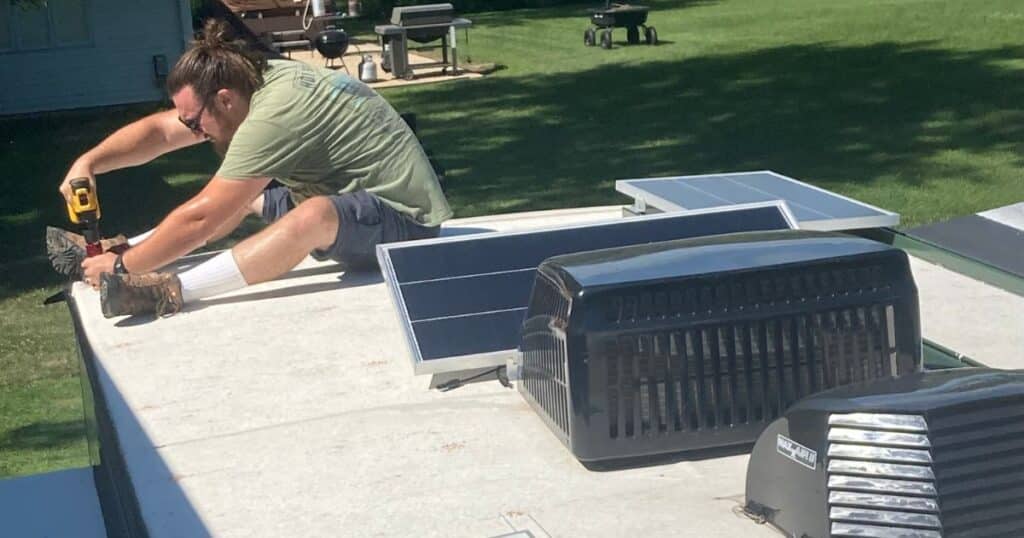
Need-to-Have: Fresh Water Solutions
As humans made up of 60% water, we all understand why considering where to get water while boondocking is critical. When you’re boondocking in an RV, access to fresh water and your ability to conserve it are likely to be the most limiting factors you encounter when thinking about how long you can be off grid.
Fresh water tanks and gray tanks are 2 important components of your off grid water solution. Fresh water tanks can hold anywhere from 20 to 100 gallons of water. Gray tanks (where waste water goes) range anywhere from 10 to 85 gallons.
How much water is that exactly? A study from the Water Research Foundation in 2016 found the average American shower uses 17 gallons of water. If your gray tank has an average capacity of 40 gallons, 2.5 showers would fill it up. That’s why conserving water is a really important part of your water solution while RV boondocking. We conserve water by:
- Showering less often and for shorter amounts of time
- Turning the water off in the shower when we’re not actively rinsing
- Avoiding letting the water run while brushing your teeth
- Using a tub full of soapy water to wash dishes and a spray bottle to get the suds off
We don’t drink water directly from our fresh water tank. While you definitely can drink it (assuming you maintain your fresh water tank properly), there’s just something about drinking water that sits near our waste water and sewage that grosses us out.
Instead we buy and reuse 5-gallon jugs filled with Primo Water (check out their manual water pump – no electricity required). At an average $0.35 per gallon, Primo is affordable, safe and convenient. And for emergency preparedness, we follow the US Forest Service’s advice to keep water purifying tablets on hand.
Need-to-Have: Toilet / Waste Disposal Solutions
When you’re RV boondocking for an extended period of time, you’re not going to have access to campground bathrooms (even the most basic pit toilets), so a boondocking toilet solution is definitely needed.
It takes our family of 4 anywhere from 7 to 10 days to reach the capacity on our RV black tank (for us, that capacity is 35 gallons). We don’t tend to stay in any one boondocking location for longer than that, so our RV’s built in waste disposal solution works well for us. We just make sure to stop at a dump station on travel day.
If you’re traveling in an RV with a black tank capacity that isn’t as large as what you need, another option is a composting toilet. Honestly y’all, composting toilets aren’t probably something we’re ever going to personally use, so I don’t have much advice. But here’s an article that dives deeper into your options if you’re interested!
However you handle your personal business on the road, do yourself a favor and use the right kind of toilet paper. You don’t need anything fancy so don’t fall for the “RV toilet paper” marketing ploys. Any 2-ply septic-safe toilet paper will do.
Need-to-Have: Heating & Cooling Solutions
Here’s the good news. Most RVs come off the factory lot with furnaces that run on propane, which means that your RV heater will work without electricity. We don’t love the furnace in our RV because we don’t like having to buy that much propane. But the space heater we were using when we had electric hookups in state park campgrounds is too power-hungry for our solar setup to support, so propane it is.
Here’s the better news, though: RV boondocking means you have the freedom to choose where you’re at any given time. While its always important to be prepared for emergency situations and freak weather, it’s reasonable to expect that you can set yourself up to be in locations where you can be comfortable most of the time.
When it comes to staying cool, traveling with the seasons, keeping the windows open, and using fans are your best bet. Our solar setup cannot support running our RV’s built-in air conditioner. But, it can handle running a small fan throughout the night. Here are some other things we do to stay cool while boondocking:
- Keep the awning out during the heat of the day to block the sun
- On extremely hot days, find an outdoor adventure where you can get wet
- Wear lightweight clothing and stay well-hydrated
Nice-to-Have: Mobile Internet Solutions
I’ve labeled this section a nice-to-have, because if you don’t need internet for work and school like we do, maybe it’s not required. But for us, understanding how to get internet while boondocking was very important. Without it, we wouldn’t be able to afford the full time travel lifestyle.
When we first started our full time travel journey, Starlink was only available to people with a permanent service address. So we used a setup that ran off of cellular networks. It did the job when we were traveling through state parks, but now that we’re off grid in more remote areas, it probably wouldn’t meet our needs.
Here’s why: a solution that runs off cellular networks only works as well as the cell service available in the area. And cell service is hard to come by in many of the national forests where we go RV boondocking.
When Starlink opened up to RV travelers, it changed the game for us. We’ve had internet while boondocking even in the most remote places where cell service wasn’t available. And Starlink’s WiFi is fast, too. With clear views of the northern sky, we’re pulling in speeds of 50 mbps on average, which is a lot faster than the 5 mbps we were getting with our cell service-based solution. We can’t recommend it enough for RV boondocking!
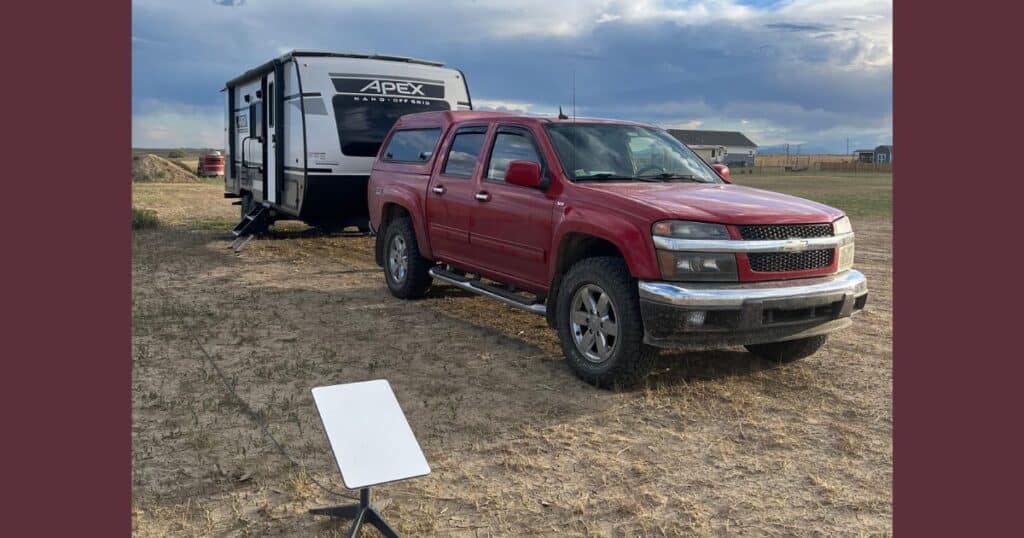
Resources to Keep Learning about RV Boondocking
We hope this guide to RV boondocking and the links to additional resources we provided were helpful. Here’s some of our favorite resources to continue learning:
We’d love to know what you thought of this guide. If we left any of your questions unanswered, please drop them in the comments and we’ll update the post with the answers you need.
Happy boondocking!
